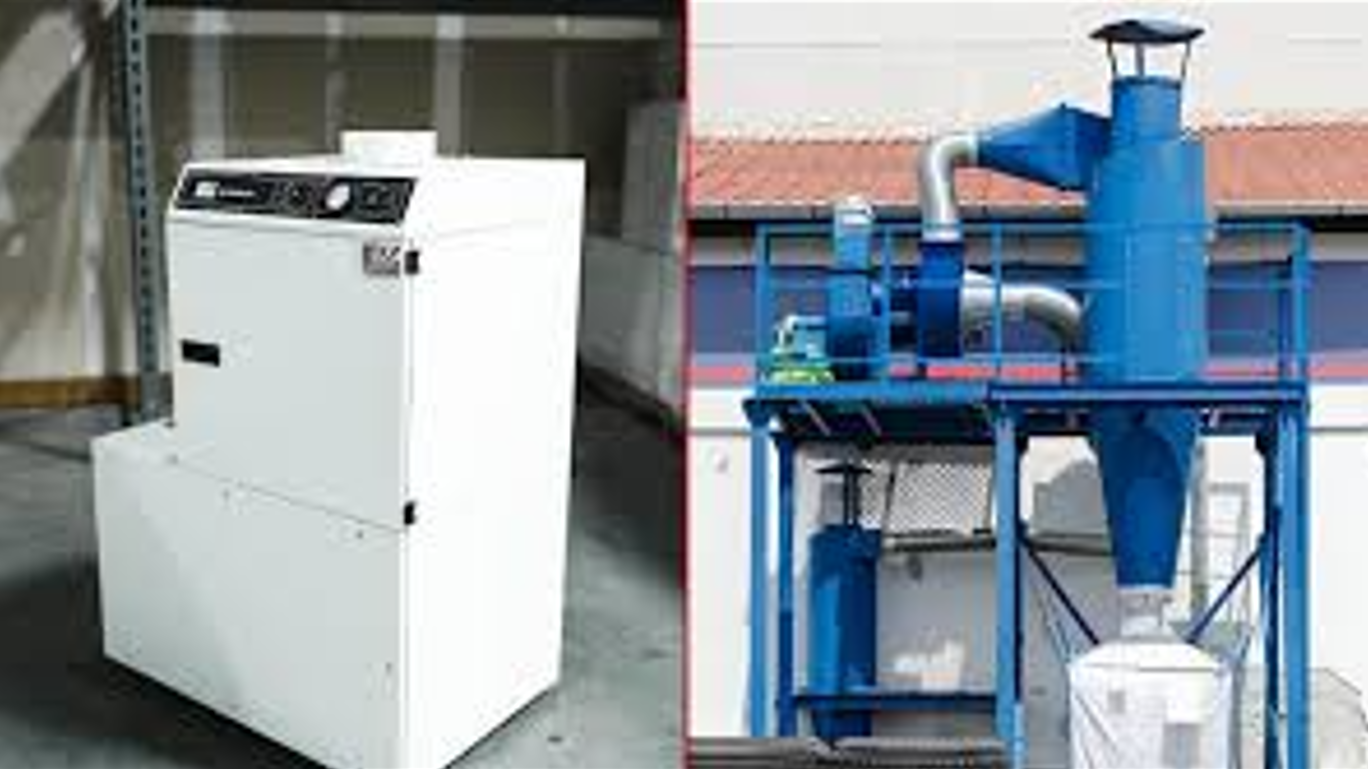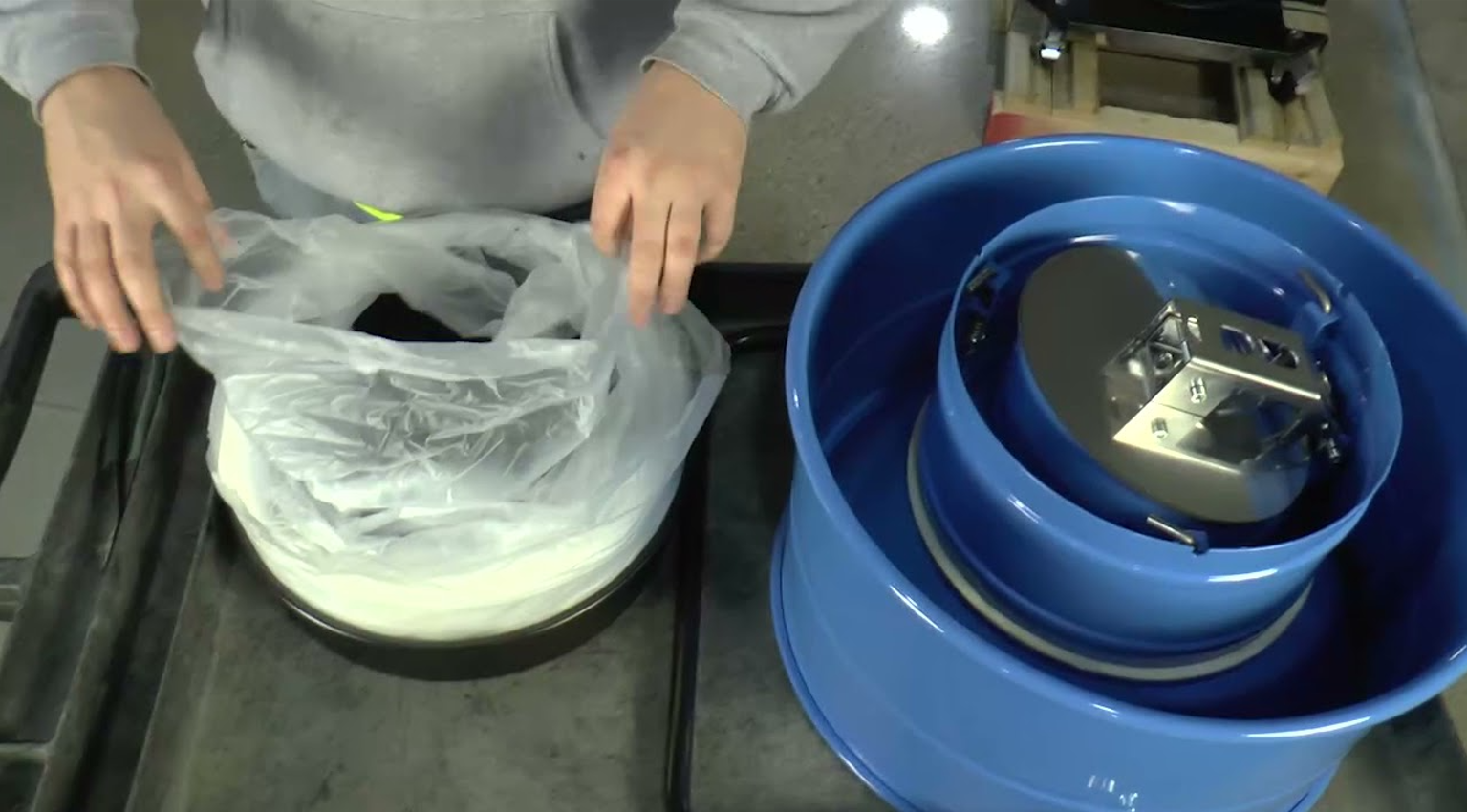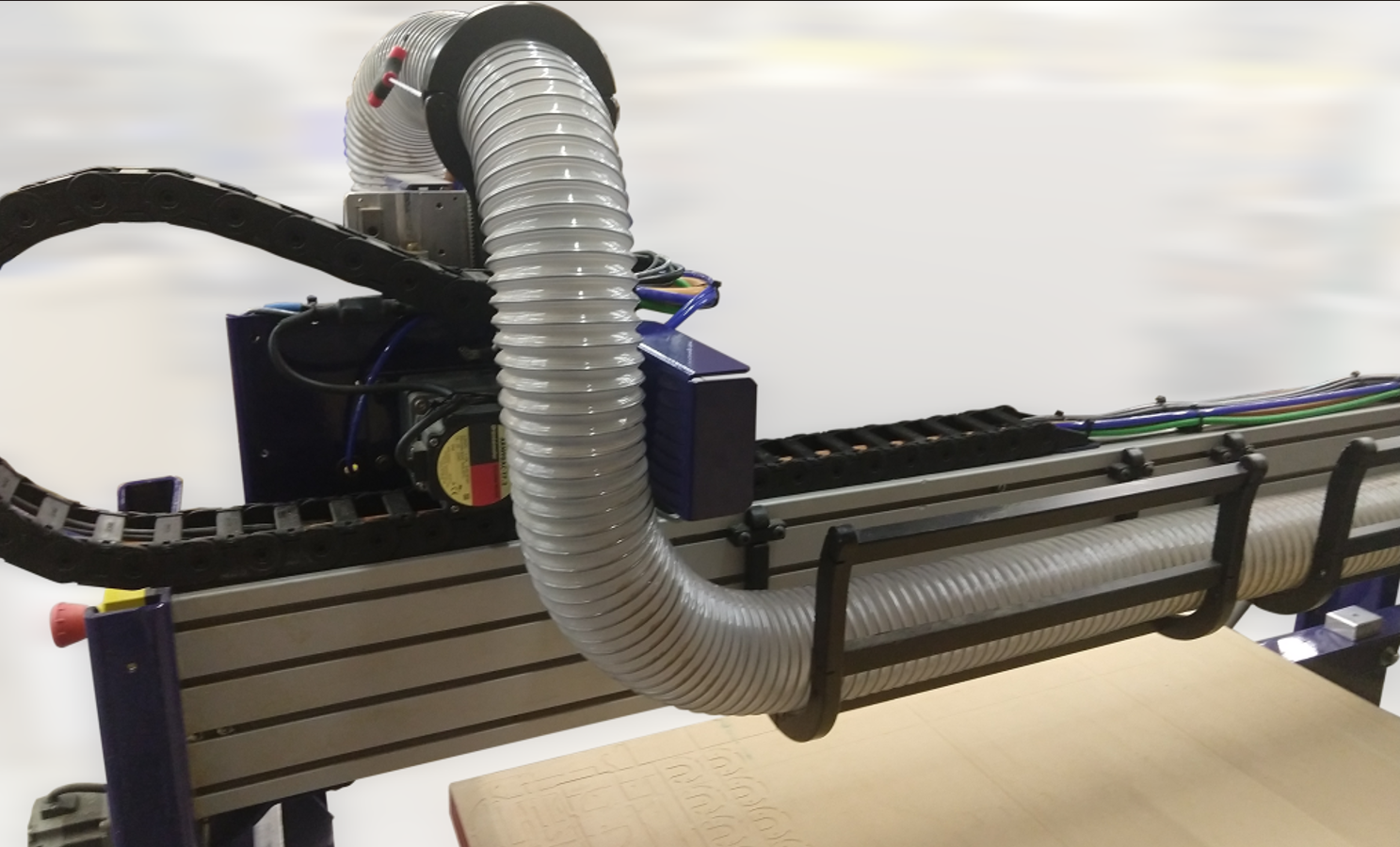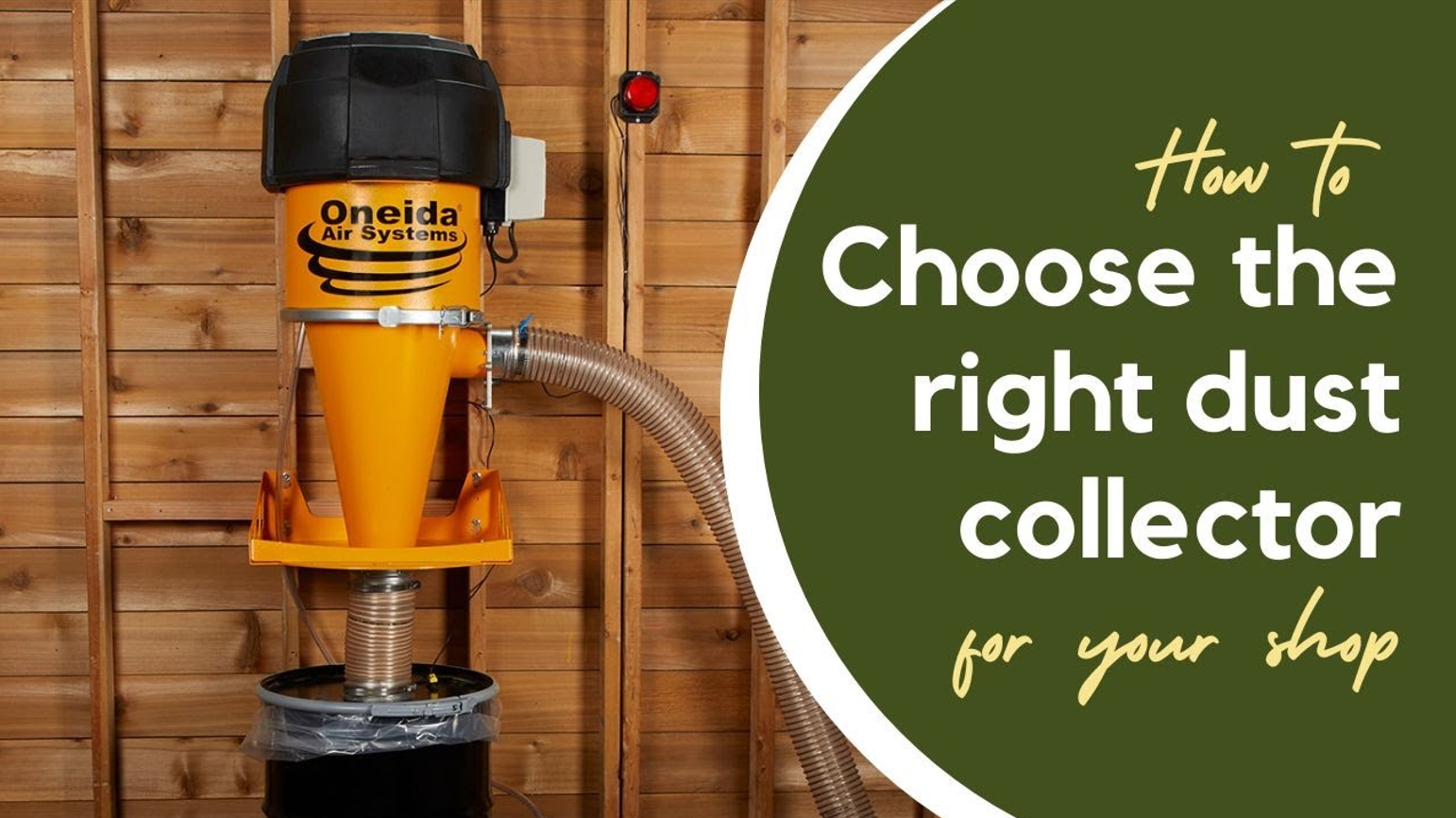Air quality matters—especially in places like factories, workshops, and laboratories. Clean air protects workers, improves efficiency, and keeps machines running smoothly. Two tools that help maintain clean air are the dust collector and the fume extractor. While they may sound similar, they do very different jobs.
What is a Dust Collector?
A dust collector is a system that captures and removes dust from the air. This dust comes from cutting, grinding, sanding, or mixing materials. The system pulls in the dusty air, filters it, and sends clean air back into the room.
Where Dust Collectors Are Used:
- Woodworking shops
- Cement plants
- Metalworking units
- Chemical and pharmaceutical facilities
How It Works:
Air full of dust enters the collector. Inside, filters trap the dust particles. The clean air is released, and the dust is stored in a bin for later disposal.
Looking for an effective system? Take a look at this dust collector designed for industrial use.
Different Types of Dust Collectors
1. Manual Dust Collector
A manual dust collector is cleaned by hand. It’s simple and budget-friendly. This is ideal for small shops or places with light dust.
Explore a trusted manual dust collector here.
2. Centralised Dust Collector
A centralised system connects many machines to one large dust collector. This works well in big factories or facilities.
Learn more about a quality centralised dust collector designed for wide coverage.
What is a Fume Extractor?
A fume extractor removes gases, smoke, and chemical vapours from the air. These fumes are often invisible but can be harmful if inhaled.
Where Fume Extractors Are Used:
- Welding stations
- Paint booths
- Chemical labs
- Electronics manufacturing units
How It Works:
The extractor pulls in air with fumes and passes it through special filters. These filters remove harmful substances before releasing clean air back.
Do you need a system that protects against dangerous fumes? Explore this fume exhaust system that fits the job.
Main Differences Between Dust Collectors and Fume Extractors
Here’s a quick comparison to help you choose:
1. Type of Air Pollution
- Dust Collector: Removes dust, powders, or debris you can see.
- Fume Extractor: Removes invisible fumes and gases.
2. Filter Type
- Dust Collector: Uses filters like bags or cartridges.
- Fume Extractor: Utilises HEPA or carbon filters to capture finer particles and gases.
3. Common Uses
- Dust Collector: Wood, metal, cement, and dry material handling.
- Fume Extractor: Welding, soldering, painting, and chemical work.
4. System Setup
- Dust Collector: Larger systems with ductwork.
- Fume Extractor: Compact and often used close to the source.
Which System Do You Need?
Choosing the right system depends on your work environment:
- If your workspace has dust, choose a dust collector.
- If you’re dealing with smoke or gas, go with a fume extractor.
In some cases, you may need both. For example, a metal shop could produce both grinding dust and welding fumes.
Clean air makes your workplace safer and more productive. Both dust collectors and fume extractors help remove harmful particles from the air. They protect workers, improve work quality, and keep you in line with health and safety rules.



